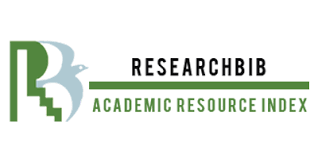ANALYSIS AND PERSPECTIVES OF FRUIT AND VEGETABLE DRYING PROCESS METHODS
Keywords:
Long-term storage, drying methods, a cost-effective method, technology advances, color, nutritional content.Abstract
Drying fruits and vegetables are a method that has been employed for centuries to preserve the nutritional content of produce, extend shelf life, and reduce waste. This process involves removing the moisture content from fruits and vegetables to prevent spoilage and enable long-term storage. Various drying methods exist, each offering unique advantages and considerations in terms of efficiency, final product quality, and energy consumption.
References
Food and Agricultural Organization, the State of Food and Agriculture 2019. Moving Forward on Food Loss and Waste Reduction. FAO. 2019, Rome, 2–13
Makame, J.; De Kock, H.; Emmambux, N. M. Nutrient Density of Common African Indigenous/Local Complementary Porridge Samples.
FAO Statistical Database. http://www.fao.org/faostat/en/#data/QC. (Accessed 31 May 2021). 22June 2021; 2 September2021.
Sharma, V. K.; Colangelo, A.; Spagna, G. Experimental Investigation of Different Solar Dryers Suitable for Fruit and Vegetable Drying. Renew. Energy.
Dehnad, D.; Jafari, S. M.; Afrasiabi, M. Influence of Drying on Functional Properties of Food Biopolymers: From Traditional to Novel Dehydration Techniques. Trends Food Sci. Technol. 2016, 57, 116–131. DOI: 10.1016/j.tifs. 2016.09.002.
Falade, K. O.; Oyeyinka, S. A. Color, Chemical and Functional Properties of Plantain Cultivars and Cooking Banana Flour as Affected by Drying Method and Maturity. J. Food Process Preserv. 2015







